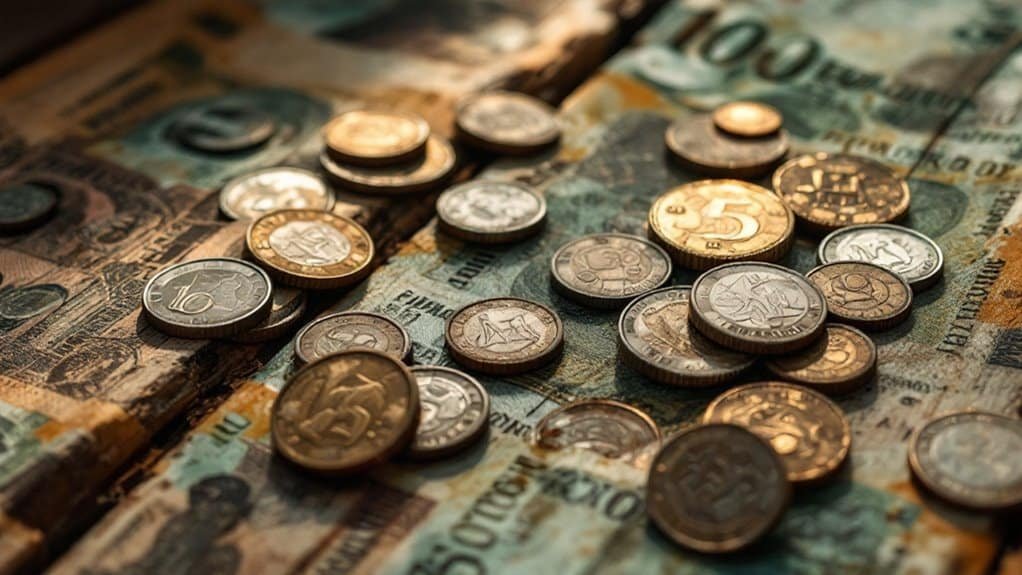
The Djiboutian franc (DJF) is a strategically fixed currency pegged to the US dollar at 177.721, providing economic stability for this service-driven nation. You'll find it's primarily used in cash transactions, with both DJF and USD accepted locally. The central bank maintains a tight monetary policy to control inflation and manage economic risks, despite structural challenges like high unemployment and external debt. Your transactions will be most smooth in urban areas where credit cards are accepted, though rural regions heavily rely on cash. To fully grasp the nuanced financial landscape, you'll want to explore its intricate economic mechanisms.
Key Takeaways
- The Djiboutian franc (DJF) has been consistently fixed to the US dollar at 1 USD = 177.721 DJF since the early 1970s, providing monetary stability.
- Cash transactions dominate Djibouti's financial landscape, with local francs and US dollars being the primary mediums for economic exchanges.
- The currency system reflects Djibouti's post-colonial economic evolution, having transitioned from French franc dependence to an independent monetary framework in 1949.
- Foreign reserves of 0.37 billion USD cover 4.7 months of imports, demonstrating the country's limited but strategic financial positioning in international markets.
- Services sector contribution of 77.3% to GDP significantly influences the country's monetary practices and economic currency management strategies.
Djiboutian Franc: Currency Foundation
Djibouti's currency saga reflects its complex colonial history, with the Djiboutian franc emerging as a proof of the nation's economic transformation.
You'll find that the currency's roots trace back to 1908 when the franc was legally fixed to the French franc, marking a critical point in its economic trajectory. The Banque de l'Indochine began issuing franc notes in 1910, demonstrating early monetary infrastructure development.
In 1948, aluminum coin tokens were first introduced, providing a tangible representation of the evolving monetary system.
In 1949, a pivotal shift occurred when Djibouti left the Franc zone and introduced its own currency, pegged to the US dollar at 214.392 francs per dollar.
This strategic move signaled the territory's growing economic autonomy and laid the groundwork for its future monetary independence. The currency history reveals a systematic progression from colonial monetary systems to a sovereign economic identity.
Fixed Exchange Rate Mechanics
The intricate mechanics of Djibouti's fixed exchange rate system reveal a strategic monetary approach that anchors the Djiboutian franc (DJF) directly to the US dollar. By maintaining a consistent rate of 1 USD = 177.721 DJF since the early 1970s, Djibouti effectively mitigates currency fluctuations and guarantees exchange rate stability. Strategic port location further enhances the economic rationale behind this monetary policy.
This approach provides predictability for international traders and investors, while simultaneously constraining the Central Bank's monetary policy flexibility.
You'll find that the fixed exchange rate limits the country's ability to independently adjust its currency, making it vulnerable to external economic shifts. The system ties the DJF's value directly to the US dollar's performance, which means domestic economic conditions become secondary to international monetary dynamics.
While this mechanism offers inflation control, it also exposes Djibouti to potential economic risks inherent in such a rigid monetary framework.
Central Bank's Monetary Role
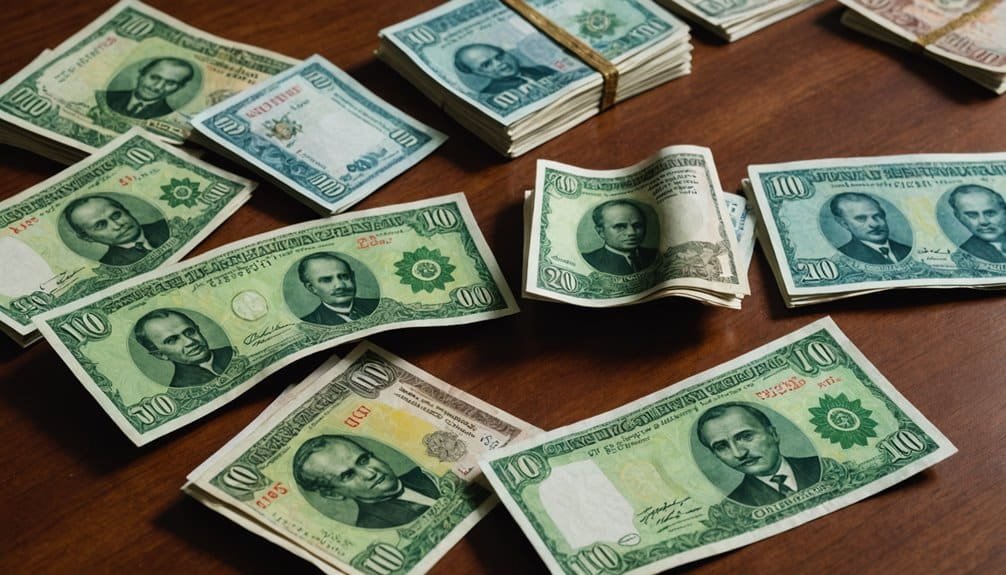
Central banks typically play a pivotal role in a nation's economic governance, and Djibouti's monetary authority is no exception. Its mandate encompasses critical monetary policy functions that stabilize the economy and control inflation. Currency board system anchors the central bank's approach to maintaining economic stability through a fixed exchange rate with the US dollar.
| Key Function | Primary Objective |
|---|---|
| Currency Management | 100% Convertibility |
| Financial Supervision | Risk Mitigation |
| Price Stability | Inflation Control |
| Economic Development | Strategic Support |
| Foreign Exchange | Monetary Regulation |
You'll find that the central bank's approach is systematically designed to maintain economic equilibrium. By implementing precise risk management tools and closely monitoring financial institutions, it guarantees a robust monetary environment. The bank's strategic interventions, including maintaining a fixed exchange rate and supervising financial transactions, demonstrate its commitment to economic resilience. Through targeted monetary policies, it effectively manages potential inflationary pressures while supporting broader economic growth objectives, making it a critical institutional mechanism in Djibouti's financial landscape.
Economic Landscape and Challenges
Nestled at the strategic crossroads of Africa's Horn, Djibouti's economic landscape reveals a complex tapestry of growth, challenges, and strategic positioning.
You'll observe a nation grappling with economic diversification while maintaining fiscal sustainability amid significant structural constraints. The country's GDP growth, averaging over 3% since 2003, masks underlying vulnerabilities like high unemployment and substantial external debt reaching 69.4% of GDP in 2023.
Your analysis must recognize the economy's dependence on services, particularly deepwater port facilities, and heavy reliance on Chinese investments. The services sector, contributing 77.3% to the GDP and employing 92.7% of the workforce, underscores the economic service dominance critical to Djibouti's economic framework.
The development trajectory is complicated by a 2.5% population growth rate, declining tax revenues, and widespread poverty. While projections suggest a promising 5.1% annual GDP growth between 2024 and 2026, you'll need to monitor the delicate balance between expansion and fiscal resilience.
Currency Exchange and Practical Use
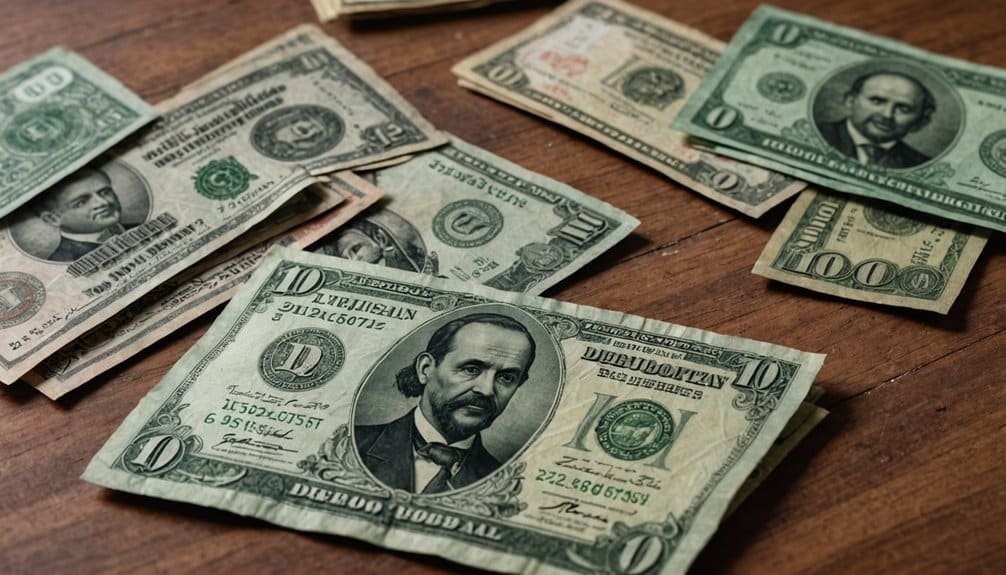
When traveling to Djibouti, you'll need to understand the nuanced landscape of currency exchange and payment mechanisms that govern financial transactions in this strategic Horn of Africa nation. The current exchange rate of 1,000 DJF equaling $0.005629 USD suggests that currency conversion requires careful financial planning for travelers and businesses alike. You'll find multiple exchange locations, including banks, authorized forex bureaus, and some hotels, where you can convert your international currency to Djiboutian francs with relative ease and minimal restrictions. Understanding the local currency acceptance landscape and available traveler payment options will be essential for maneuvering financial interactions effectively, whether you're engaging in commercial activities or managing personal expenses.
Exchange Locations and Limits
The currency exchange landscape in Djibouti offers travelers multiple strategic options for converting foreign money into local francs. International banking networks significantly support currency transactions across the region, enhancing financial accessibility for travelers and businesses.
You'll find diverse exchange methods throughout the city, including major banks, specialized foreign exchange bureaus, and hotel services. Local practices prioritize accessibility, with bureaux de change operating throughout the day, contrasting with banks' limited hours from 0715 to 1145.
Strategic locations include the place du 27 juin banking area, airport exchange counters, and major hotel facilities. While airport exchanges exist, they typically offer less favorable rates.
No restrictions govern currency import or export, providing flexibility for travelers. You'll want to research rates beforehand, potentially utilizing online currency brokers to optimize your exchange strategy.
Travelers cheques in US Dollars or Euros remain recommended for minimizing additional transaction charges.
Currency Acceptance Landscape
Djibouti's currency acceptance landscape reveals a nuanced ecosystem of financial transactions, characterized by strategic exchange mechanisms and pragmatic monetary practices.
When traversing this terrain, you'll encounter specific currency trends that shape economic interactions:
- Limited credit card acceptance restricts transactional flexibility, primarily confined to airlines and select large hotels.
- Exchange services are strategically distributed across:
- Major banks
- Foreign Exchange Bureaus
- Airport facilities
Exchange fluctuations are mitigated by the fixed rate of 1 USD = 177.721 DJF, providing stability in an otherwise volatile economic environment.
The Central Bank's management guarantees consistent monetary policy, though external economic shocks remain a potential risk.
Cash remains king in Djibouti, with higher denomination banknotes and coins facilitating most commercial interactions, reflecting the country's pragmatic approach to financial infrastructure. Cash transaction restrictions often require travelers to carry substantial physical currency for seamless financial navigation.
Traveler Payment Options
Maneuvering the intricate landscape of payment options in Djibouti requires strategic preparation and nuanced understanding of local financial infrastructure.
While digital payments are emerging, cash remains the primary transactional medium. You'll want to carry a blend of Djibouti Francs for local markets and US Dollars for substantial purchases, ensuring financial flexibility across urban and rural environments. Currency denominations range from 1,000 to 10,000 francs, offering travelers varied monetary options.
Major credit and debit cards find acceptance in metropolitan zones, but rural regions mainly operate on cash transactions.
Prudent travelers should inform their banking institutions about international travel to prevent potential card disruptions.
Prioritize acquiring new, clean USD bills, as these are often preferred for significant expenditures like guided tours or specialized services.
Diversifying your payment approach maximizes transaction efficiency and minimizes potential financial complications.
International Financial Positioning
Anchored by a strategic location at the Horn of Africa, Djibouti's international financial positioning reflects a complex interplay of economic challenges and geopolitical opportunities. Port and logistics infrastructure significantly contribute to the country's economic resilience, with port activities constituting 80% of GDP and serving as a critical trade gateway for Ethiopia.
- Foreign reserves of 0.37 billion USD demonstrate modest but strategic financial buffers, covering 4.7 months of import needs.
- Debt management presents significant challenges, with total external debt reaching $3.191 billion and high risk of debt distress.
- A fixed exchange rate to the US Dollar provides stability while simultaneously limiting monetary policy flexibility.
The country's financial infrastructure navigates delicate economic terrain, balancing foreign aid dependence with strategic port logistics and regional economic positioning.
Despite constraints, Djibouti maintains a nuanced approach to international financial engagement, leveraging its geopolitical significance to attract investment and manage economic vulnerabilities.
Conclusion
You'll find Djibouti's monetary system more complex than it appears. While the Djiboutian franc maintains stability through its fixed exchange rate, underlying economic challenges persist. International financial dynamics continue to shape its trajectory, hinting at potential transformative shifts. Will the nation's currency adapt and thrive, or remain vulnerable to global economic pressures? Only time will reveal the intricate financial narrative unfolding in this strategic Horn of Africa economy.

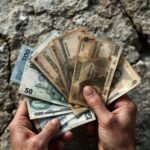

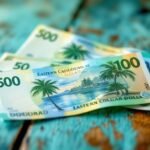



Interesting read, but isnt Djiboutis fixed exchange rate limiting its monetary policy flexibility? Could be a double-edged sword. Lets discuss.
Interesting read, but isnt a fixed exchange rate system prone to potential manipulation and economic instability? Just a thought.
Interesting read, but does Djiboutis fixed exchange rate really insulate them from global economic turbulence? Thoughts?